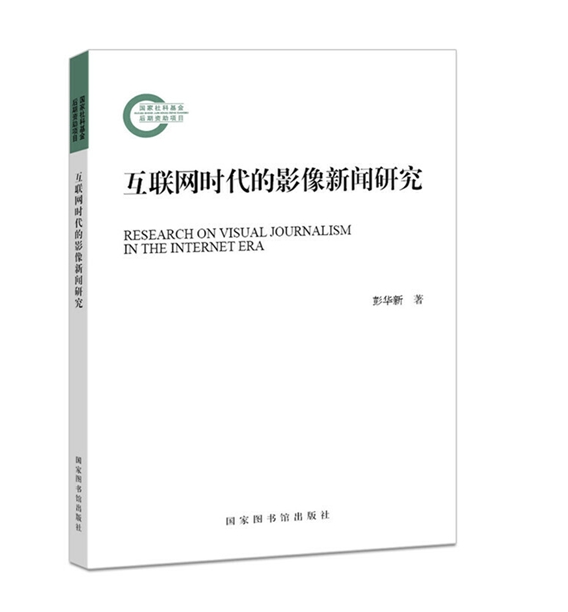Focusing on visual journalism in internet era

Research on Visual Journalism in the Internet Era
In Research on Visual Journalism in the Internet Era, Peng Huaxin, an associate professor from the School of Media and Communication at Shenzhen University, points out that based on visual rhetoric and symbol theory, pictures are the primitive form and starting point of visual journalism. The textual logic and technical evolution of the relationship between picture and text promotes the development and dissemination of images.
The author re-examines the meaning of news in the self-media era, and he regards non-journalists’ video materials with factual elements or news commentary on the internet as a kind of “news.” This is not only in line with the reality of news in the internet era, but also greatly expands the boundaries and scope of visual journalism.
Peng believes that images, as symbols, have the function of totem worship, and they have an innate power that performs itself through metaphors, symbolization and symbols. The function of image-symbol-metaphor or image-symbol-symbolization makes the image a tool for ideological appeal. The image has diversity and ambiguity of meaning, so different users can interpret differently according to their needs. Therefore, from the perspective of news discourse, the image becomes a field for official discourse, folk discourse, elite discourse and populist discourse to compete for power. To occupy the primary position of control over publicity and public opinion, it is necessary to have the initiative and control when it comes to images and visual journalism.
Self-media has become increasingly popular. Everyone can use images as a means to express personal ideas and tendencies, convey personal emotions, and realize self-promotion and social expression. However, this is a double-edged sword, since it involves the struggle for the right to control, spread and interpret images and visual journalism.
Is news a commodity? Based on the news activities of non-professional journalists, the author argues that news has commodity attributes. For example, when providing source materials and semi-finished products for news, corporate public relation practitioners, paike (online video photographers), and industry news programs all have their own economic demands, hoping to benefit monetarily. The survival and development of images and visual journalism require monetary compensation. The commercial value of visual journalism mainly includes the copyright economy, attention economy and brand economy.
Yu Xiaofeng is an associate research fellow from the School of Media and Communication at Shenzhen University.
edited by YANG LANLAN

 PRINT
PRINT CLOSE
CLOSE